
Ron Jefferson


A Mother's Love: How Mother Weddell Seals Transfer Iron From Their Bodies to Their Pups to Make Them Better Divers

How Do Ants Pass Knowledge to Each Other? Robotics Have the Answer
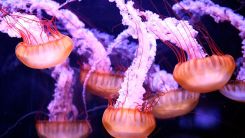
Comb Jellies Brain Reveals the Evolution of Ancestral Nervous System

Origins of the Universe: Big Bounce Hypothesis Could be True, But Where Did It Start?

More Men Have Higher Risk to Get Cancer Compared to Women, Here’s Why
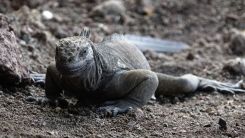
Iguana Makes a Comeback on Galapagos Islands After Being Extinct for 200 Years
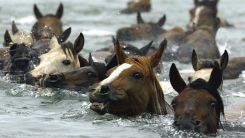
Feral Horses Origin: Assateague's Horses May Finally be Revealed with Century-Old Tooth
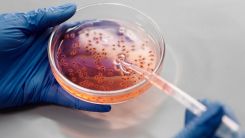
Selfish Freeloading Bacteria Not Welcomed to Bacteria Colony, Study Says

Oddly-Shaped Dwarf Galaxy with No Dark Matter Baffles Scientists

Why Do We Keep Wanting More? Science Says Its An Inherent Brain Bias

Inner Ear Canal Gives Paleontologists Insights on Mammal Evolution
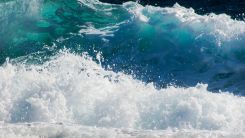
12-Month Test of Energy Generator Using Artificial Blowhole Formation Exceeds Expectations in Tasmania

Game-Changing DNA Repair-Kit Can Rewrite Genetic Code, Gives New Hope for Hereditary Disease Therapy
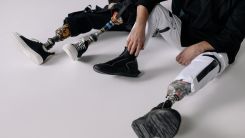
Advanced Graphene Pressure Sensors Set to Revolutionize Prosthetic, Robotic Limbs
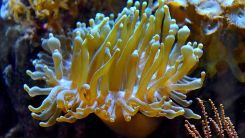
560-Million-Year-Old Fossil Shows That Earliest Animal Predator Possibly Ancestors of Anemones
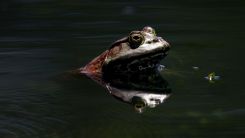
Economic Damage of Invasive Species Across the Globe Amounts to $16.3 Billion: Bullfrog and Snake the Worst Offenders
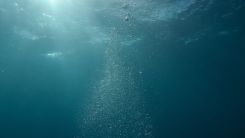
Underwater Deathpool Filled with Extremophile Microbes Sheds Light on Origins of Life
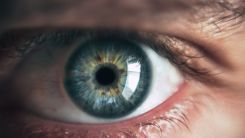
Novel Imaging Technique Reveals New Details on Rare Eye Disorder
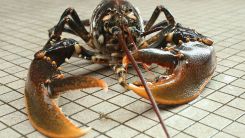
Unlikely Pollinators: Experts Observed Animal-Mediated Fertilization of Seaweed for the First Time
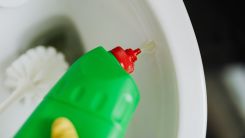
Man Claiming Industrial Bleach Is Cure for COVID in His Florida-Based Church Extradited to the US
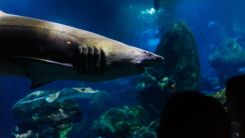
Mysterious Sleeper Shark Surfaces in the Caribbean, Stuns Experts
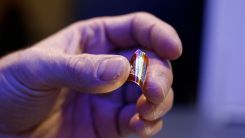
Nano-Petri Dish Created by Scientists Allows the Observation of Atom Behavior in Liquid

Enzyme Neutralizes Toxic Nitrous Oxide: A New Tool for Reducing Gas in the Atmosphere
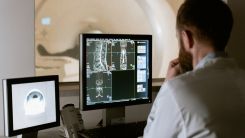
Light and Sound 3D Imaging That Fits on a Needle Could Revolutionize Endoscopy

Florida's Annual Burmese Python Hunt to Massacre Hundreds of Invasive Snakes Next Week

Ancient Herpes DNA Sequenced for the First Time Sheds Light on Origins of Cold Sore Virus

Ancient Trilobites Grew and Aged Like Modern Crustaceans
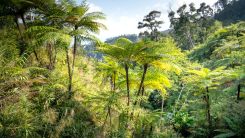
Genome Arrangement of Tree Ferns Shows Plant's Evolution From Algae
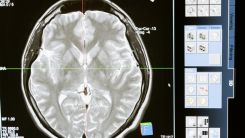
AI Trained With More Than 10,000 Brain Scans Can Identify Patterns Linked to Autism, Alzheimer's, Schizophrenia, and More Before Symptoms Appear
Most Popular

Why Stars Twinkle: Flickering Explained by Atmospheric Turbulence and Light Distortion

The Role of Materials Science in Engineering: How Modern Engineering Materials Drive Innovation

Tornadoes vs. Waterspouts vs. Dust Devils: Key Differences and Vortex Types Explained

Climate Adaptation Strategies Explained: How Societies Respond to Climate Change




